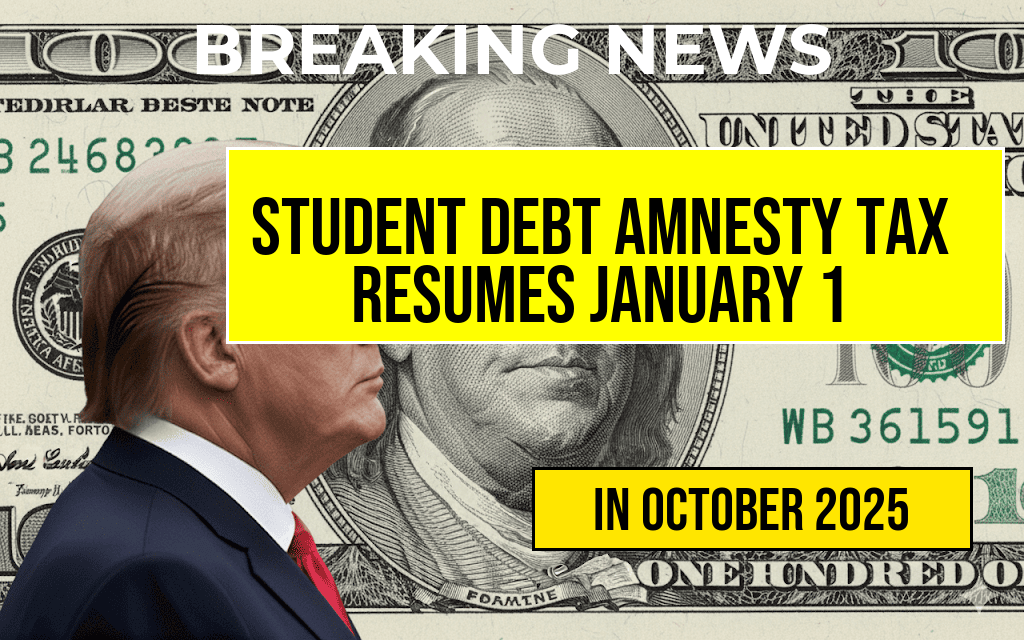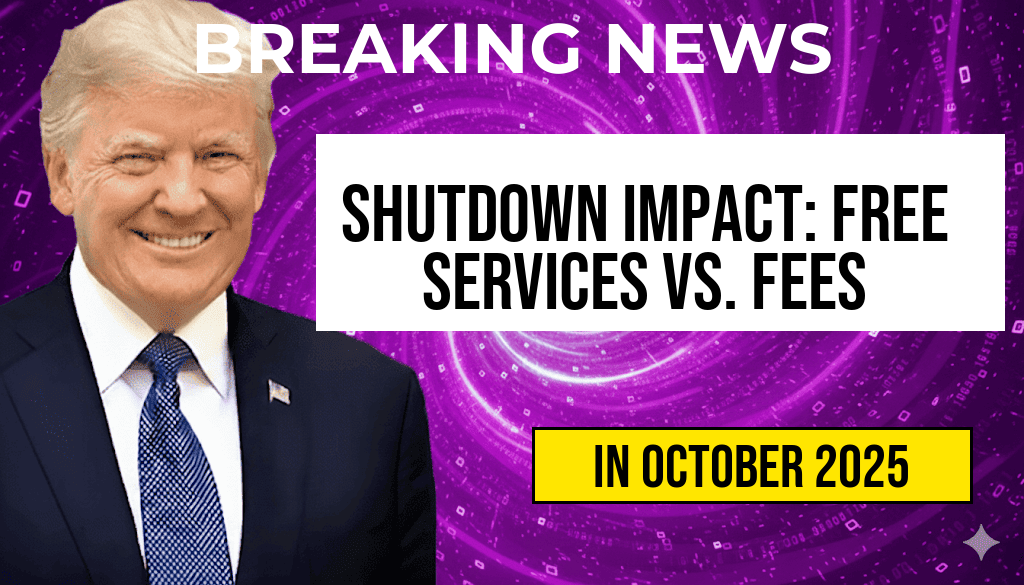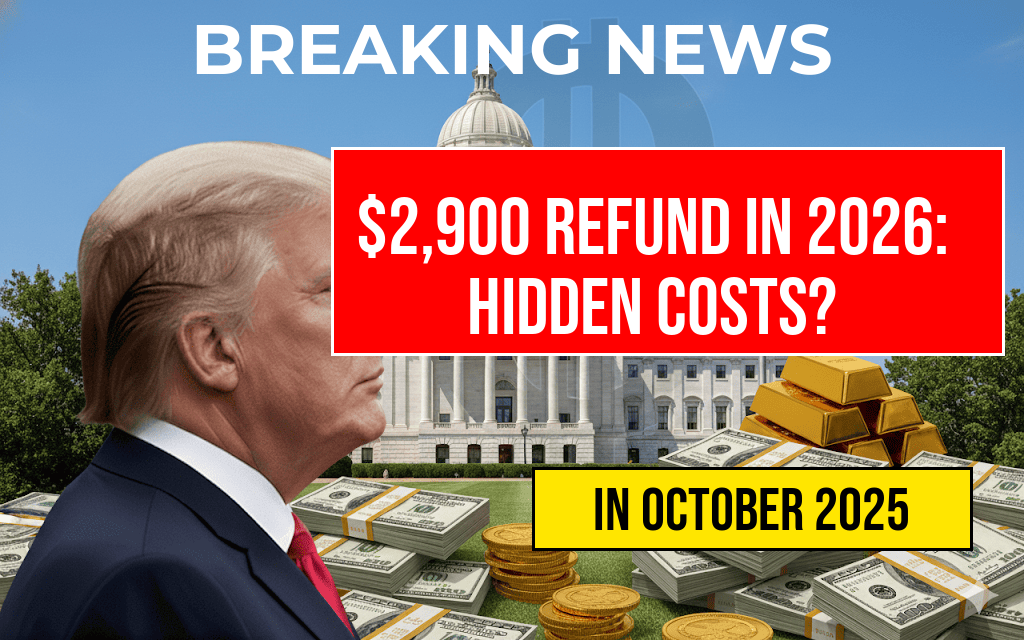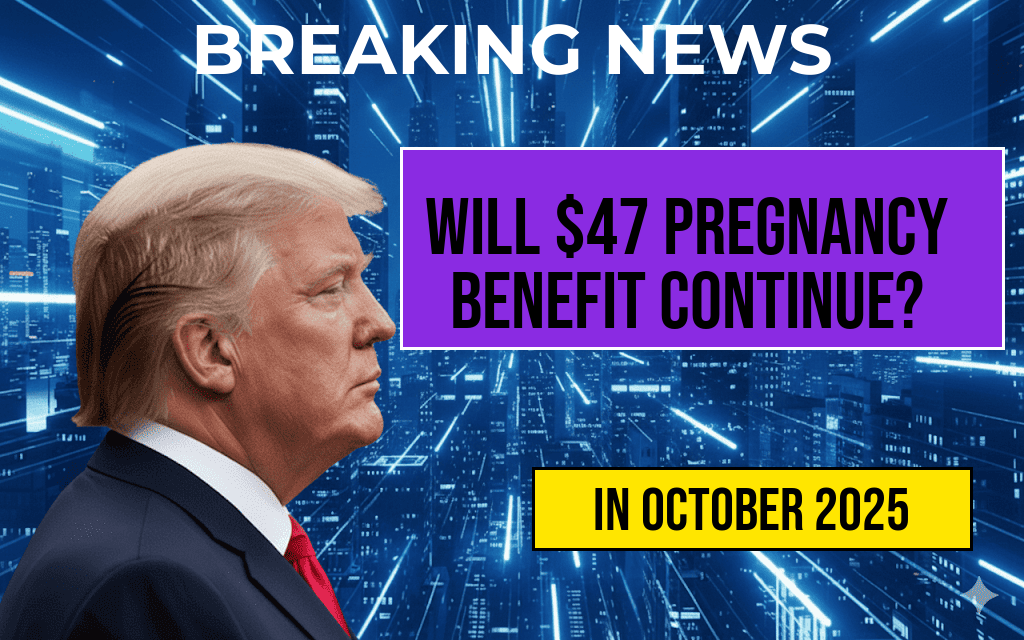As the clock ticks down to January 1, 2024, millions of Americans are bracing for the resumption of taxes on forgiven student loan balances, a policy that could negate up to $20,000 in relief for many borrowers. This situation arises from the expiration of a temporary tax exemption originally enacted to cushion the impact of the COVID-19 pandemic. With the federal government set to reinstate taxation on forgiven debts, borrowers must navigate the complexities of student loan forgiveness programs while remaining aware of the financial implications. As the deadline approaches, experts urge borrowers to act swiftly and consider their options to optimize their financial standing amidst this looming change.
Understanding the Tax Implications
The resumption of taxes on forgiven student loan balances is a significant concern for borrowers who have relied on relief programs. Under previous legislation, borrowers were not taxed on forgiven amounts, which provided a crucial financial lifeline during challenging economic times. However, starting January 1, 2024, this exemption will end, and forgiven amounts will once again be subject to federal income tax.
The Financial Impact of Forgiven Balances
For many borrowers, the prospect of tax liabilities on forgiven student loans could lead to unexpected financial burdens. Here’s how it breaks down:
- $10,000 forgiven could lead to a tax bill of approximately $1,500 for those in the 15% tax bracket.
- $20,000 forgiven could result in a tax bill of about $3,000 for the same group.
- Higher income earners may face even steeper tax rates, significantly increasing the financial burden.
Who Will Be Affected?
The reinstatement of taxes on forgiven balances primarily impacts borrowers who have benefited from various loan forgiveness programs, including the Public Service Loan Forgiveness (PSLF) and the Biden administration’s recent initiatives aimed at providing relief to borrowers impacted by the pandemic. Many of these individuals may not have anticipated the additional tax implications when they applied for forgiveness.
Strategies for Borrowers
With the tax deadline fast approaching, borrowers have a few strategies to mitigate the financial effects:
- Consult with a tax professional: Understanding individual tax situations can help borrowers plan effectively.
- Explore income-driven repayment plans: These plans can adjust monthly payments based on income, potentially reducing the amount of debt eligible for forgiveness.
- Stay informed about legislative changes: Ongoing discussions in Congress may lead to new relief measures or adjustments to existing programs.
Legislative Context
The expiration of the tax exemption is part of a broader landscape of student loan policies. The Biden administration has made efforts to reform and simplify student loan forgiveness, yet the upcoming changes highlight the complexities that still exist. Many advocates argue for permanent tax relief on forgiven amounts, emphasizing the need for a more equitable approach to student debt management.
What Borrowers Should Know
As January 1 approaches, borrowers are encouraged to stay informed about their options and the potential impact of the reinstated tax policy. Key considerations include:
- Awareness of tax liabilities: Knowing what to expect in terms of tax obligations can help borrowers prepare.
- Utilizing resources: Websites like [Forbes](https://www.forbes.com/advisor/personal-finance/student-loan-forgiveness-tax-implications/) and [Wikipedia](https://en.wikipedia.org/wiki/Student_debt_in_the_United_States) offer valuable information on student debt and tax implications.
- Engaging with financial advisors: Personalized financial advice can be crucial in navigating the complexities of student loans and taxes.
Conclusion of the Transition Period
The countdown to January 1, 2024, serves as a pivotal moment for millions of student loan borrowers. As the temporary tax exemption expires, individuals must take proactive steps to understand their tax obligations and the potential financial impacts of forgiven student loans. With careful planning and the right resources, borrowers can better navigate this transition and minimize potential losses in relief.
Frequently Asked Questions
What is the upcoming student debt amnesty deadline?
The student debt amnesty deadline is set for January 1, when the tax on forgiven balances will resume, potentially leading to a loss of $20,000 in relief for borrowers.
How will the tax on forgiven balances affect borrowers?
The resumption of the tax on forgiven balances means that borrowers may face a tax liability on any amount of student debt that is forgiven, which could negate the benefits of the relief they receive.
What amount of relief could borrowers potentially lose?
Borrowers could potentially lose up to $20,000 in relief due to the resumption of taxes on forgiven student debt starting January 1.
Are there any options for borrowers facing this tax?
Borrowers may explore options such as tax planning strategies or consulting with a financial advisor to mitigate the impact of the tax on forgiven balances.
When should borrowers take action regarding their student debt?
Borrowers should take action before the January 1 deadline to understand the implications of the student debt amnesty and the potential tax liabilities on forgiven balances.






